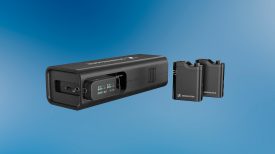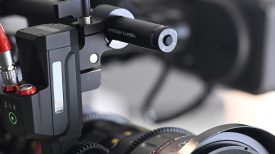By technical editor Matt Allard:
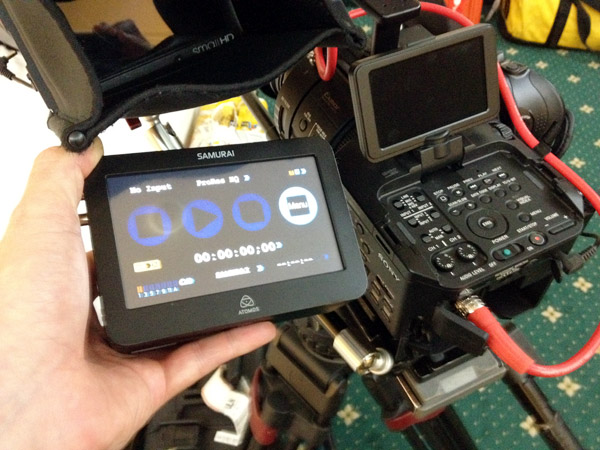
The Atomos Samurai is one of the latest round of the compact HDSDI external recorders to hit the market. It offers a wide variety of features at a very competitive price.
ATOMOS SAMURAI REVIEW from Matthew Allard on Vimeo.
My video review is above, but I’d like to discuss the bigger picture when it comes to codecs, bit rates and external recorders.
There are so many different on-board recording formats being offered by manufacturers now, yet we don’t seem to be moving any closer to a universal standard. Why? That’s a difficult question. Historically, the battle for control of recording and distribution media has been going on for a long time. Sony introduced Betamax in 1975, which was followed a year later by JVC’s VHS. For around a decade the two standards battled for dominance, with VHS eventually emerging victorious. The victory was not due to any technical superiority (Betamax is arguably a better format), but to other factors. Betamax had a recording limit of 60 minutes, which wasn’t enough to hold a movie – VHS could hold up to 3 hours. VHS machines were also cheaper to produce. These were thought to be the key factors in deciding the war. Manufacturers divided into two camps:. On the VHS side were JVC, Matsushita (Panasonic), Hitachi, Mitsubishi, Sharp, and Akai. On the Betamax side were Sony, Toshiba, Sanyo, NEC, Aiwa, and Pioneer.
The digital age later saw another format war being waged. On one side was HD-DVD, a format created by Toshiba and NEC; on the other side Blu-Ray, created by Sony, Panasonic, and Philips. We all know the outcome of that battle, too.
How does this translate to modern day codecs and different formats? Well, back in the day – particularly in broadcast media – you either used a Sony or a Panasonic camera (I’m talking about the 1990s here). One recorded to Betacam or Betacam SP and the other to DV or DVCPRO. So even back then, cameras were using different forms of recording media. Today we see AVCHD, ProRes, DNxHD, AVC INTRA, XDCAM, P2, HDCAM, H.264, Cineform and various other uncompressed and RAW formats.
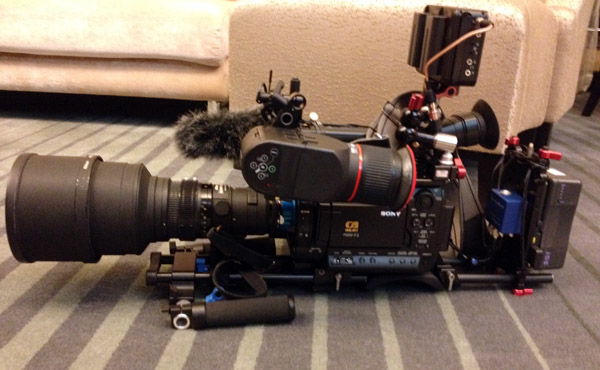
Why is there no universal format? My only guess is that every manufacturer has their own reasons for using a particular codec or recording method based on business decisions, or a stubbornness to use a competing manufacturers’ format. Whatever new camera comes along, someone seems to complain about what recording format or the codec is being used.
Most external recorders – like the Atomos Samurai I reviewed – offer solutions and it seems that ProRes and DNxHD are the flavors of choice. Both these forms of recording were developed by non-camera companies: Apple and Avid. So far, the Arri Alexa has been the only camera to feature this type of on-board recording, which has been a large part of its success. It will shortly be joined by the Blackmagic Design cinema camera, which has both ProRes and RAW recording.
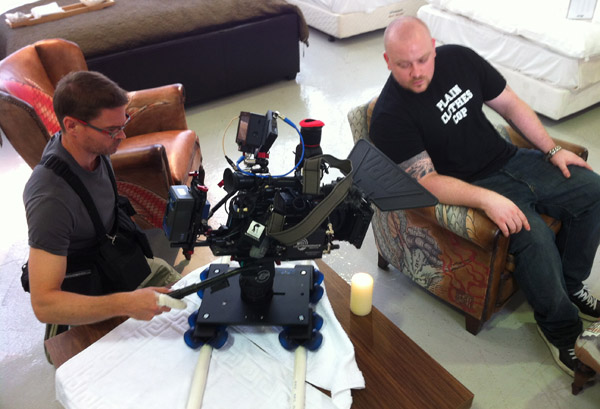
A universal codec makes a lot of sense but I doubt we will ever see everybody using the same one. Companies are always trying to outdo each other and are very secretive about what they are developing.
For now you have to be content with your camera’s on-board recording and if you want to improve the quality and workflow, in a lot of cases, an external recorder is the answer. Will this ever change? Will we no longer need them in a few years? Who knows. Even big cinema cameras such as the F65 are still using external recorders. RED offer on-board RAW recording but it comes with its own set of workflow problems.
Before we all start crying for a RAW recording format in every camera we need to wait till the price of SSD drives drastically falls and the workflow becomes quicker. This will take time, but I’m confident it will happen. Even then there will be different forms of RAW recording and the big companies will still be battling it out.
About Matthew Allard, Aljazeera Senior Field Cameraman, Kuala Lumpur:
Matt has been a Camera/Editor in TV news for more 20 years, previously working for both Channel 9 and Channel 10 in Australia. Twice Network Ten Australia’s cameraman of the year as well as being a Walkley Finalist for outstanding camerawork in 2006 (for coverage of the Cronulla Race Riots) and a Logie Finalist for outstanding news coverage 2006 (Bali 9). He is a multiple ACS (Australian Cinematographers Society) award winner. His Sword Maker story that was shot on a 7D won the prestigious Neil Davis International News Golden Tripod at the 2011 ACS Awards. He has covered news events in more than 35 countries, from major sporting events to terrorist bombings. Based out of the Kuala Lumpur broadcast centre in Malaysia he is an avid user and follower of new technology, shooting stories on HD broadcast cameras, the Sony F3 as well as new Canon DSLRs.




